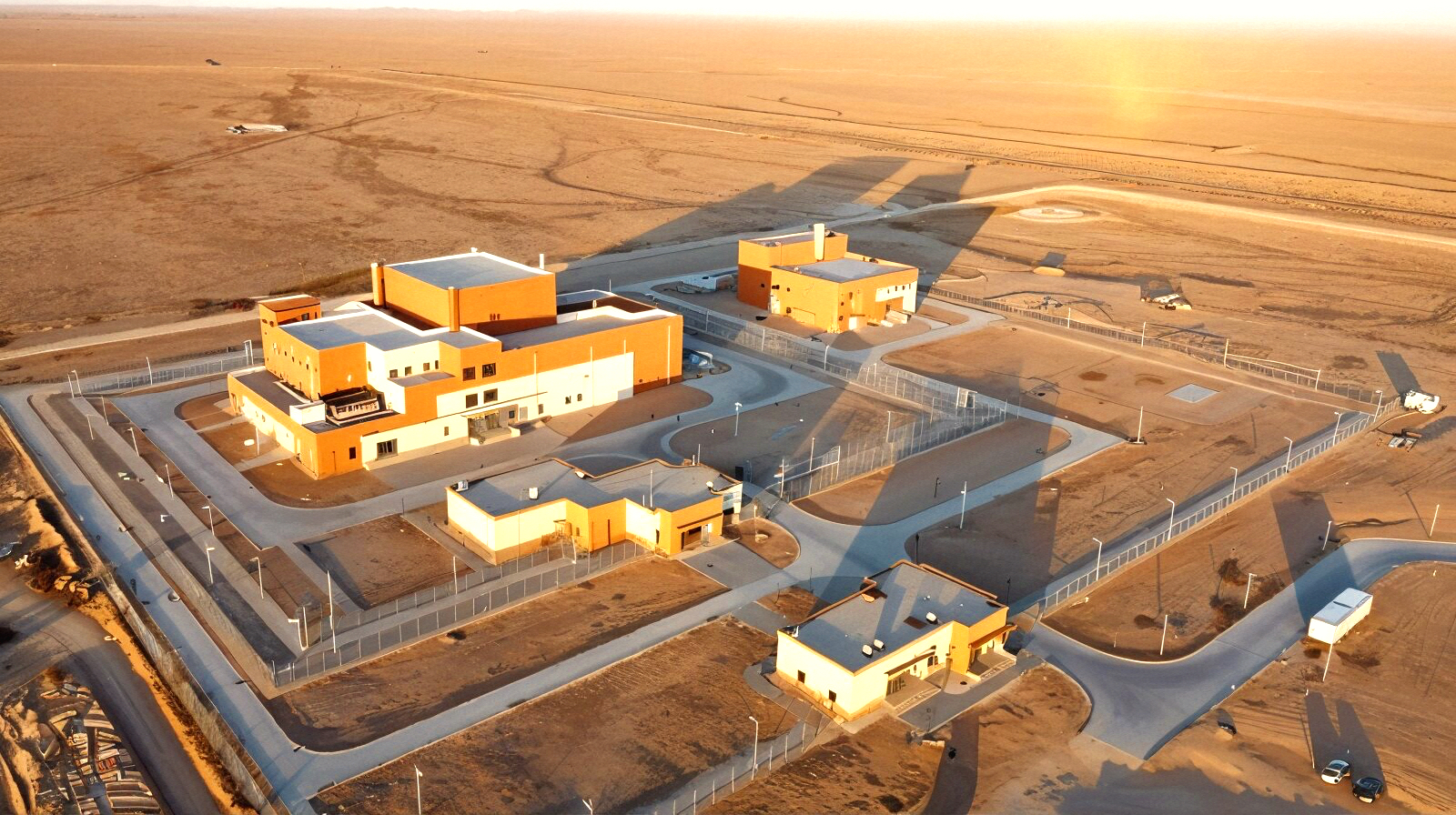Coal ash dumps contain far more radioactive material than any operating nuclear plant emits, and coal pollution kills hundreds of thousands of people each year.
Coal-dependent nations such as Germany and Japan are now expanding coal capacity to replace retired nuclear stations—an approach that carries immediate public-health costs and long-term climate consequences. Against this backdrop, a growing number of environmentalists and climate scientists are reassessing nuclear energy, including many who once opposed it.
Their shift has been accelerated by Pandora’s Promise, Robert Stone’s documentary exploring why committed environmental advocates changed their views on nuclear power. Although the film itself doesn’t include Stone’s own narrative—aside from a moment challenging Helen Caldicott’s claims about Chernobyl—his interviews around the documentary have helped capture this broader change in thinking.
Baroness Bryony Worthington adds another perspective from within the environmental movement. With experience at Friends of the Earth and as a key architect of the UK Climate Change Bill, she recently pushed reforms requiring older coal plants in the UK to meet modern emissions standards, a significant step toward lowering national greenhouse-gas output.
The environmentalists and scientists highlighted—along with the thorium researchers in our traveling discussion—often focus on different “next-generation” reactor designs. Even so, they converge on core points: future reactors offer far greater passive safety, can sharply cut carbon emissions, and could prevent vast numbers of premature deaths by displacing fossil-fuel combustion.
A detailed look at the various next-generation reactor options will follow in a later chapter.










